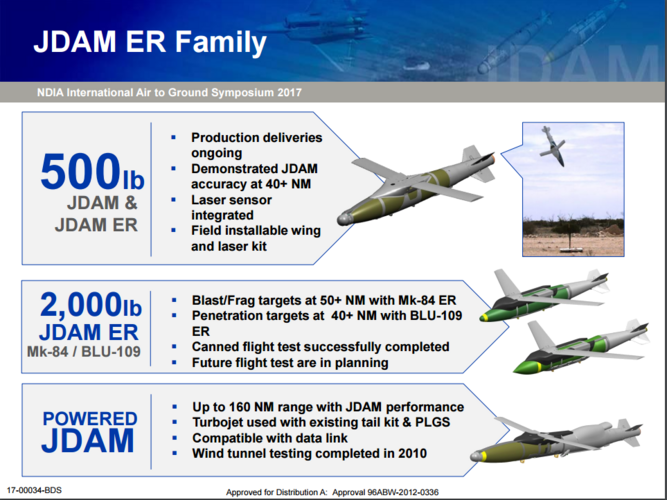It would be a much shorter range weapon, probably ideal for the B-21.True however the AGM-158 is expensive and a powered JDAM would fit the bill where you basically want a budget cruise-missile for a target that is beyond the range of JDAM-ER but doesn't justify the expense of an AGM-158.
If it could fit into a smart bomb rack, then that would get you twenty of them vs 8 on the rotary. But if your just loading a CSRL with them it’s pointless.
ETA: assuming B-21 has a B-2 compatible bomb bay, which is my personal bet.





